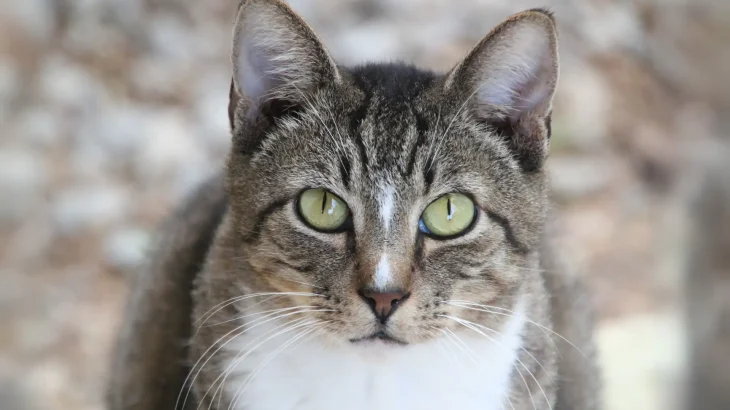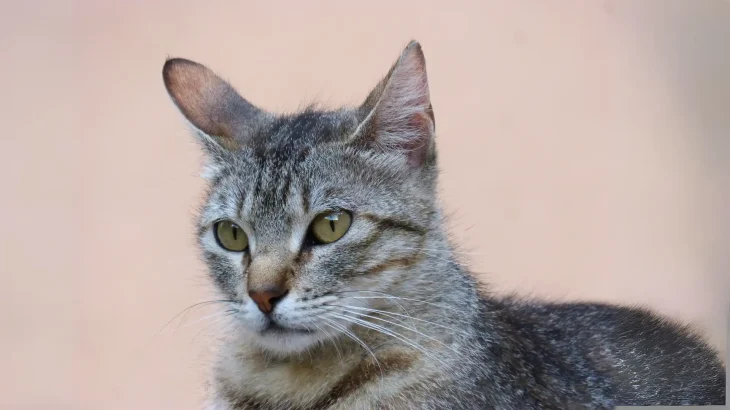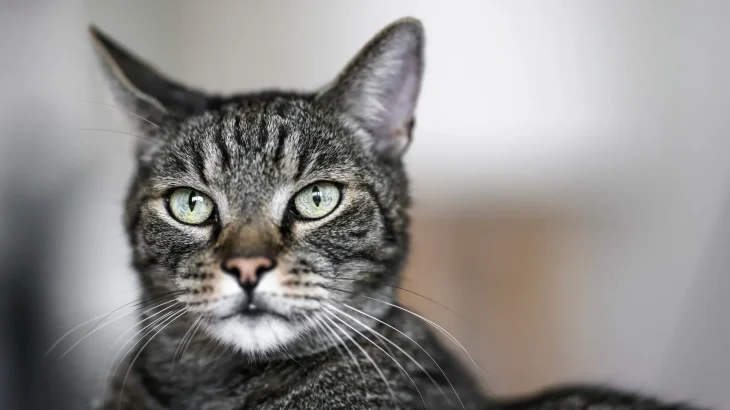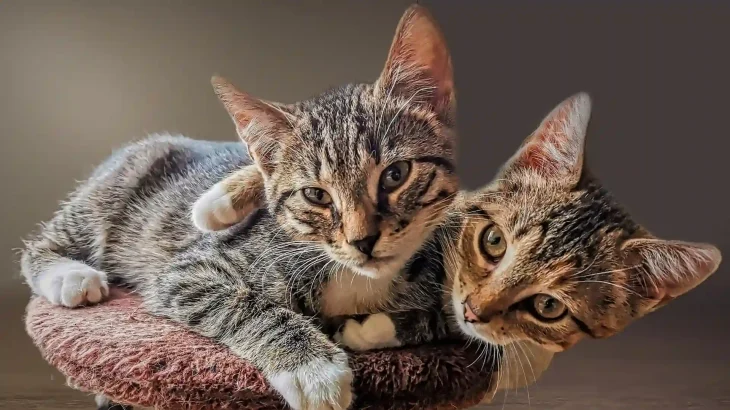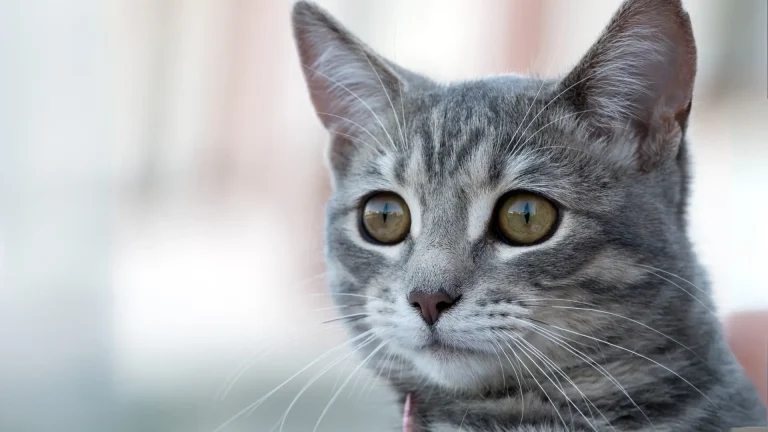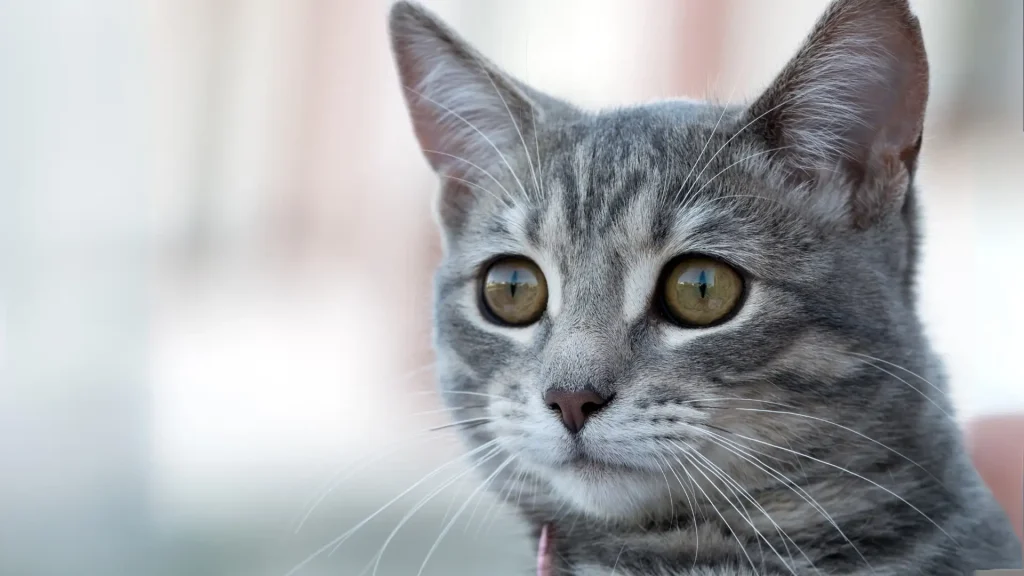Deciding whether to adopt or purchase a Clippercat kitten depends on what matters most to you, such as budget, health transparency, and ethical considerations. Each route has its own benefits, whether it's the joy of giving a home to a cat in need or obtaining a kitten with known lineage and health history.
Adoption vs. Breeder: Pros & Cons
| Criteria | Buying from Breeder | Adopting from Shelter/Rescue |
|---|---|---|
| Cost | Typically higher initial cost due to breed purity, often several hundred to a few thousand dollars. | Generally lower fees, making it more budget-friendly while usually covering basic vet care. |
| Health History | Breeders often provide detailed health and genetic screening reports. | Health history may be incomplete but shelters generally perform essential health checks and vaccinations. |
| Age Availability | Primarily young kittens with early-age availability. | Wider age range available, including adults and seniors. |
| Temperament Insight | Breeders can provide lineage-based temperament info. | Shelter staff can share behavior observations though full background may be unknown. |
| Supporting Practices | Supports dedicated breeding programs that maintain breed standards, best when ethical. | Helps reduce shelter populations and supports animal welfare. |
| Ethical Considerations | Important to confirm breeder ethics to avoid contributing to poor breeding conditions. | Adoption is generally considered an ethical choice, providing homes to cats who need them most. |


